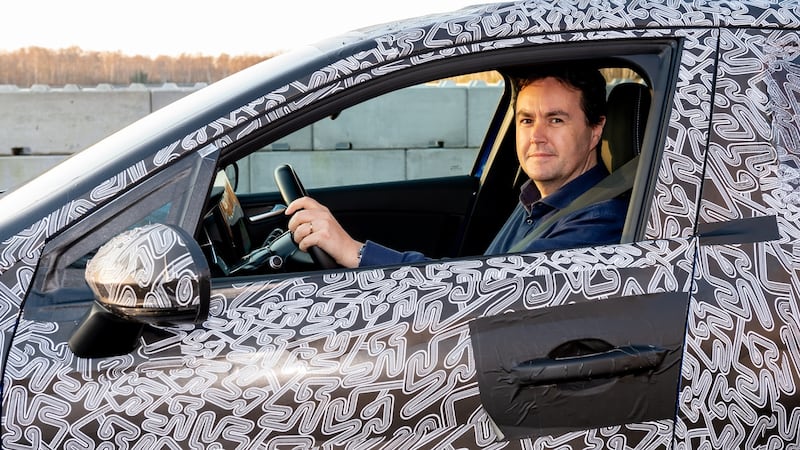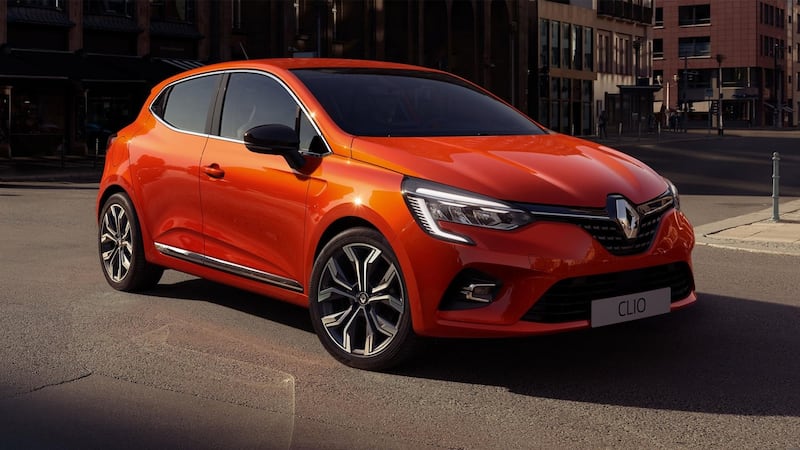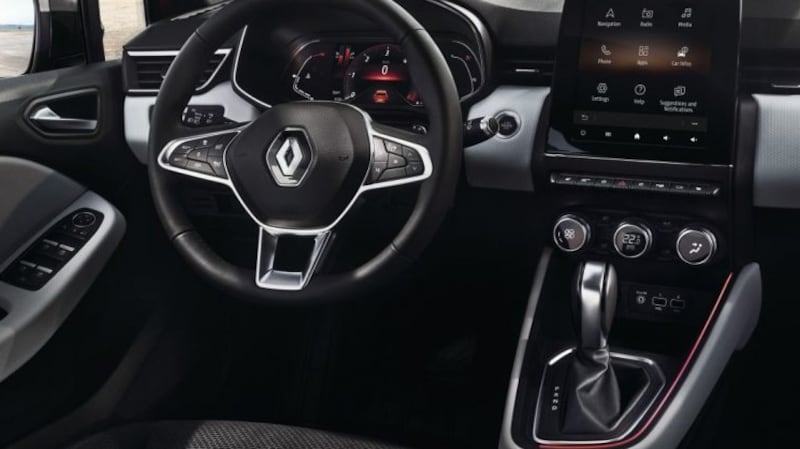The world is suffering from an epidemic of infallibility. From the US president to local politicians in Ireland no one seems willing to admit they were wrong, at least in public.
It may seem a relatively new phenomenon to find such brazen denials of mistakes at the pinnacles of politics, but it’s a natural consequence of the profusion of spin that stinks up the political and corporate world.

Which makes Renault's recent approach all the more refreshing. As a motoring hack, you get used to sitting through interminable PowerPoint presentations on how the ingenuity of the engineering team has made the world's best car even better. Several car executives have been known to utter claims about their cars that would make Donald Trump blush.
Renault accepts it lost its way at the turn of the century. Design was confusing, the products mediocre and the brand's perception by the public was not in the top tier.
Safe hands
"When I arrived Renault was looking for its soul," explains Laurens van den Acker, who arrived in 2009 as design boss. Having delivered a definitive look to the model range at Mazda, van den Acker set about styling a new generation of Renaults. Part of that was the well-received Clio of 2012. It has been followed by a smart-looking small crossover, the Captur and a couple of stunning-looking concepts, such as the DeZir. It's fair to say the design department at Renault is in safe hands.

But, as van den Acker admits, the problem now is no longer about the looks – it’s about perceived quality.
Renaults for too long have felt soft, brittle and at the lower specification grades, frankly a bit cheap (though you won't get a Renault executive to use that word). So much so that it made sense for entry-level buyers to seriously consider alternatives from Renault's better-priced sister brand Dacia instead. In turn these perceptions also impacted on the company's used car values, further damaging brand loyalty.
The Clio is meant to change this. In the supermini category it is offering the by-now standard promise of a more spacious interior in a smaller car. Yet closer inspection shows an interior that’s much better crafted than what has went before under the Clio badge. Gone are the hard plastics, at least from the eyelines of occupants. There has been a concerted effort to improve user experience, from better quality materials through to more considered use of electronic controls. The overall impression from inside the Clio is a car that is much better than before.

But the issues of perceived quality was never simply about cabin feel: Renault’s have always felt rather “soft” compared to their rivals. That softness comes through in the lightness of the steering feel, the sponginess of the throttle and even the loose feel of the manual transmission. This is in keeping with the suspension, which is soft, pliant, if a little bouncy through the bends.
These aren’t unintentional foibles; the engineers at Renault can build cars that are razor sharp in handling and incredibly sharp in their mechanics. The phenomenal Clio RS and Megane RS are prime examples. Anyone who questions Renault’s engineering ability need only spend 10 minutes driving either of these cars before they get their answer.
Bland
The soft feel of regular Renaults is meant to make them easy, even relatively relaxing, to drive. They are comfortable cruisers. The problem is that it can also make them feel bland and unresponsive.
With these pre-baked perceptions in place we got the chance to test out pre-production versions of the new Clio at the Mortefontaine test facility outside Paris some months back.

The new car is built on an updated version of the small car platform it shares with the Nissan Micra, but also underpins the current Captur. It is offered in 1-litre and 1.3-litre petrol, as well as a 1.5-litre diesel. Coming in the near future will be a mild hybrid version of the diesel, and there is talk of a plug-in hybrid, perhaps on the market next year. Don't expect an electric Clio, however. That space is occupied by the increasingly popular Zoe.
While the Clio is Europe’s best-selling supermini, the benchmark for this class has been the Fiesta when it comes to handling prowess. First up on the track was a few laps in the 1-litre petrol. The upside of the responsive little engine is that it feels light and nimble, even eager. It sweeps through a right-left chicane without too much wobble. Yet the throttle and transmission still harbour that softness that we don’t really like. There was a more sharper sense of control from behind the wheel of the 1.5-litre diesel, and while we might chalk it down to pre-production differences, the shorter shift gearstick felt far more mechanically precise than its petrol counterpart.
The new Clio’s power steering system is also notably more direct. The suspension feels a little stiffer, but still manages to wash out the judder over a stretch of cobbled paving built into the test track.
We’ll get a better sense of the on-road ability of the Clio in a few months, but as a taster the track time in the new car showcased not only several improvements in its agility, but also a willingness to take on board the criticisms laid at its door in the past. Renault, rightly, is forgoing any claims of infallibility. They admit to being as flawed as the rest of us. As for the new car, simply put this new Clio seems better built.




















